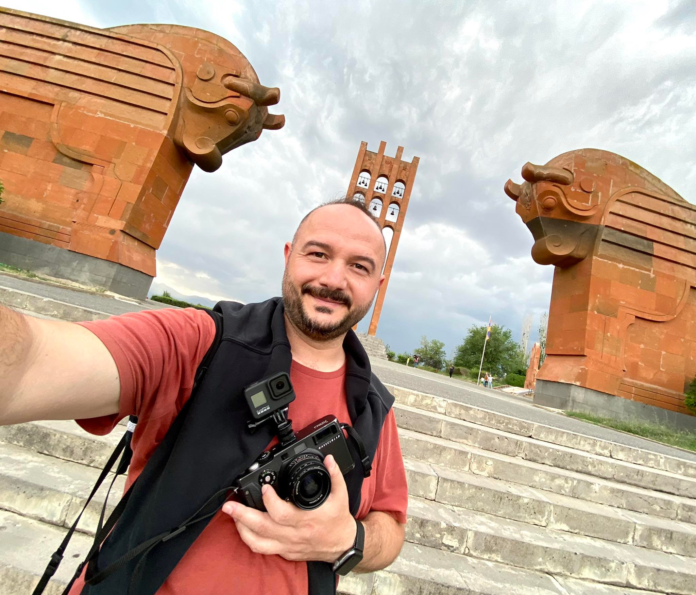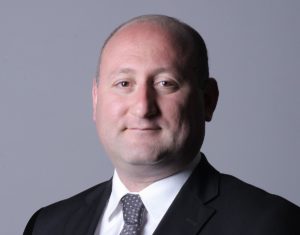YEREVAN — Photographer and documentary filmmaker Hüseyin Ovayolu was born in Gaziantep (Antep), Turkey, in 1986. He studied at photography and video department of Istanbul Bilgi University. Hüseyin also graduated from the Documentary Photography School organized by the Photography Foundation in Istanbul. He is an artist who tries to tell his personal stories and social memory with the language of photography.
We met in Yerevan in the beginning of last July. What was interesting, that in his English conversation Hüseyin never used the word “Armenia,” but “Hayastan.”
Hüseyin, once a Turkish intellectual said that everybody is minority in Turkey. Do you agree and what nationality were your ancestors?
I was born in a Kurdish-Alewi family, but both of my father’s grandmothers were Armenians from Marash, survivors of the Genocide. Our family village had some 11-12 Armenian villages around. When their inhabitants were exiled to Der Zor or Aleppo during the Genocide, many Armenians gave their children to Kurdish families. That was the case of my two great-grandmothers. They were very little, did not even know their real, Armenian names. One of them, re-named Khatije, died early, but my father and aunt told me that sometimes she was using words that were neither Kurdish, nor Turkish, for instance, the word aghjik (girl in Armenian). They tell that Khatije was well aware of the government and public rules, which was not typical for a peasant woman.
You see, I don’t know the language and traditions, but when I meet an Armenian, I have very different feeling. I want to hug him or her. And this feeling I have not only in here in Armenia, but also in historical homeland, be it in Sasun, Van or Cîbîn. It is not about the lands, but the people; the same happened when I met Armenians in Paris.
You know, Turkey’s history is full of massacres and bloodshed. If you are not Turk, you are politically on the outside; they consider you against everything. Actually I am against fascism. I stand up for all oppressed and marginalized people, whether Armenians, Kurds or Assyrians. I understand the minorities’ mentality very well.










